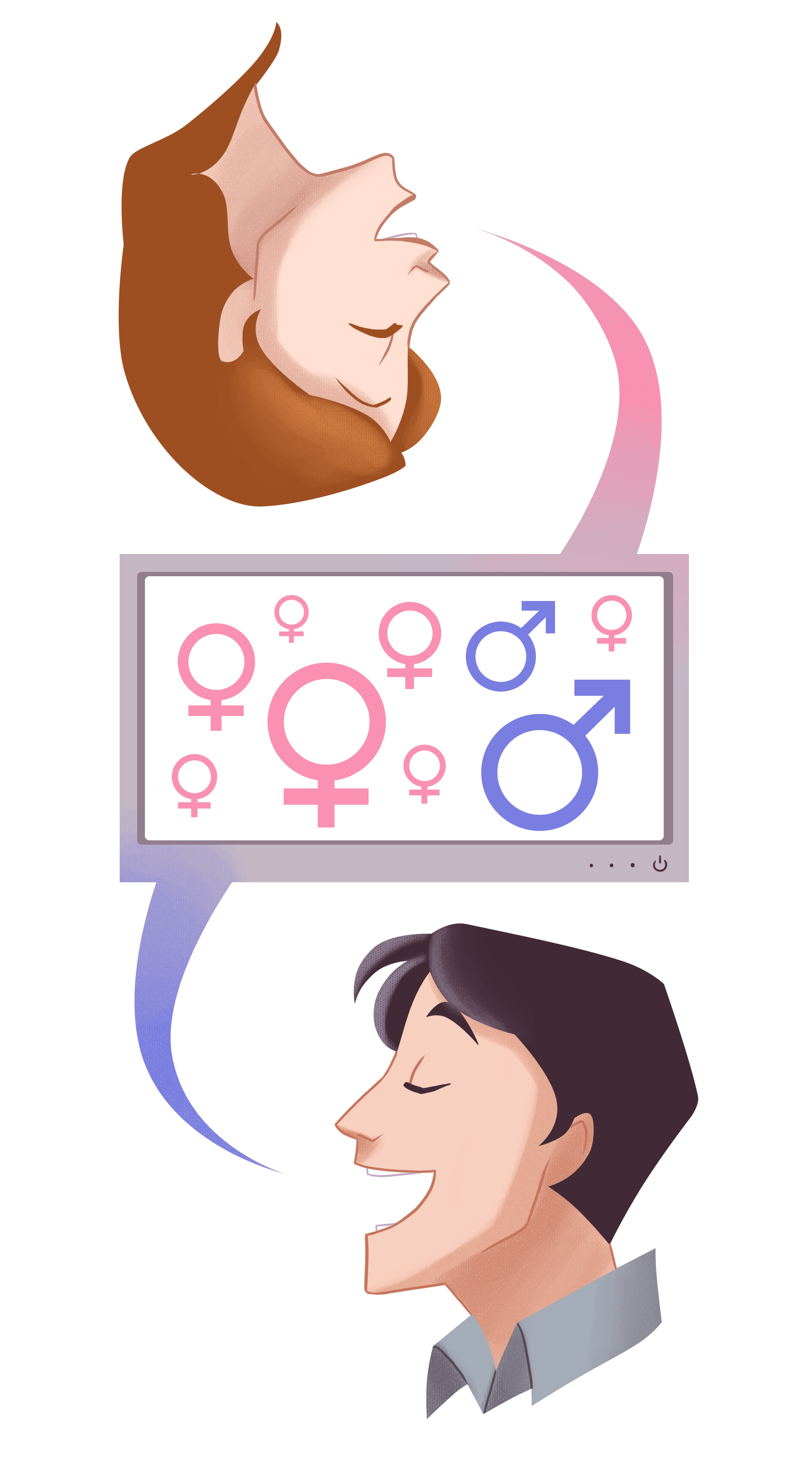Study finds that men and women communicate differently online to express themselves

By Basheer Alas
Aug. 21, 2011 10:47 p.m.
Finding out whether the person on the other side of a web conversation is really who they say they are just got a little easier.
A May study by the MITRE Corporation found that the gender of online users can be pinpointed without prior knowledge based on the vocabulary they use to express themselves online.
The findings, which identified men and women based on common wording and phrases, point to distinct patterns in online expression between genders.
This confirms beliefs that differences in online communication are an extension of differences in face-to-face interactions between men and women, said Michael Suman, a UCLA communication studies professor who also has a background in sociology.
Using comments posted by a user on Twitter, MITRE’s computer correctly guessed the gender of the person 75 percent of the time. When basing a user’s identity on a single tweet, the program guessed correctly 66 percent of the time.
In the study, women were found to use a variety of expressive words with repeated letters and abbreviations in their tweets, while males were more reserved and stuck to posting website links on their pages. The two most common words for men were “http:” and “google.”
While certain online vocabulary is linked to males and females, using language associated with a gender does not automatically mean the user is a member of that gender, said Delip Rao, a computational linguist from Johns Hopkins University who conducted research in 2010 which matches the MITRE Corporation’s findings.
Rao’s study found that emoticons and emphatic punctuation are key indicators that the user is a woman. This comes from the fact that women are more expressive and empathetic when listening to conversations, a fact that is reflected when switching to social media, Rao said.
Since men more often use social media to share information rather than to communicate like women do, links to other websites as identifiers of men were understandable, Rao said.
Finding gender specific linguistic trends online supports well-known differences in male and female expression, Suman said.
“Women are more relationship-based and about communicating with others, while guys more typically talk about world events and facts,” Suman said. “This is due to a combination of biology and social learning.”
Even at a young age, girls form smaller groups of friends and more personal bonds, while boys associate in larger groups where they compete in sports and activities, Suman said.
Andrew Riehl, a fourth-year chemical engineering student who uses the social networking site Facebook mostly to post links on his friends’ walls, identified with the study’s findings.
“Guys and girls use Facebook for different things,” Riehl said. “With girls, it’s always trying to start a conversation, but guys use Facebook in a less personal way.”
Despite the homogenization of culture so that men and women don’t feel different, huge differences in how men and women communicate do exist, Rao said.
“However hard someone tries to hide (their identity), it’s going to come out, and that’s what’s happening here,” Rao said. “There are signals accessible to everyone that give away information that people did not intend to share.”
The findings show that social media generally mirrors the events of real life and corroborate old theories of how men and women communicate, Rao said.


